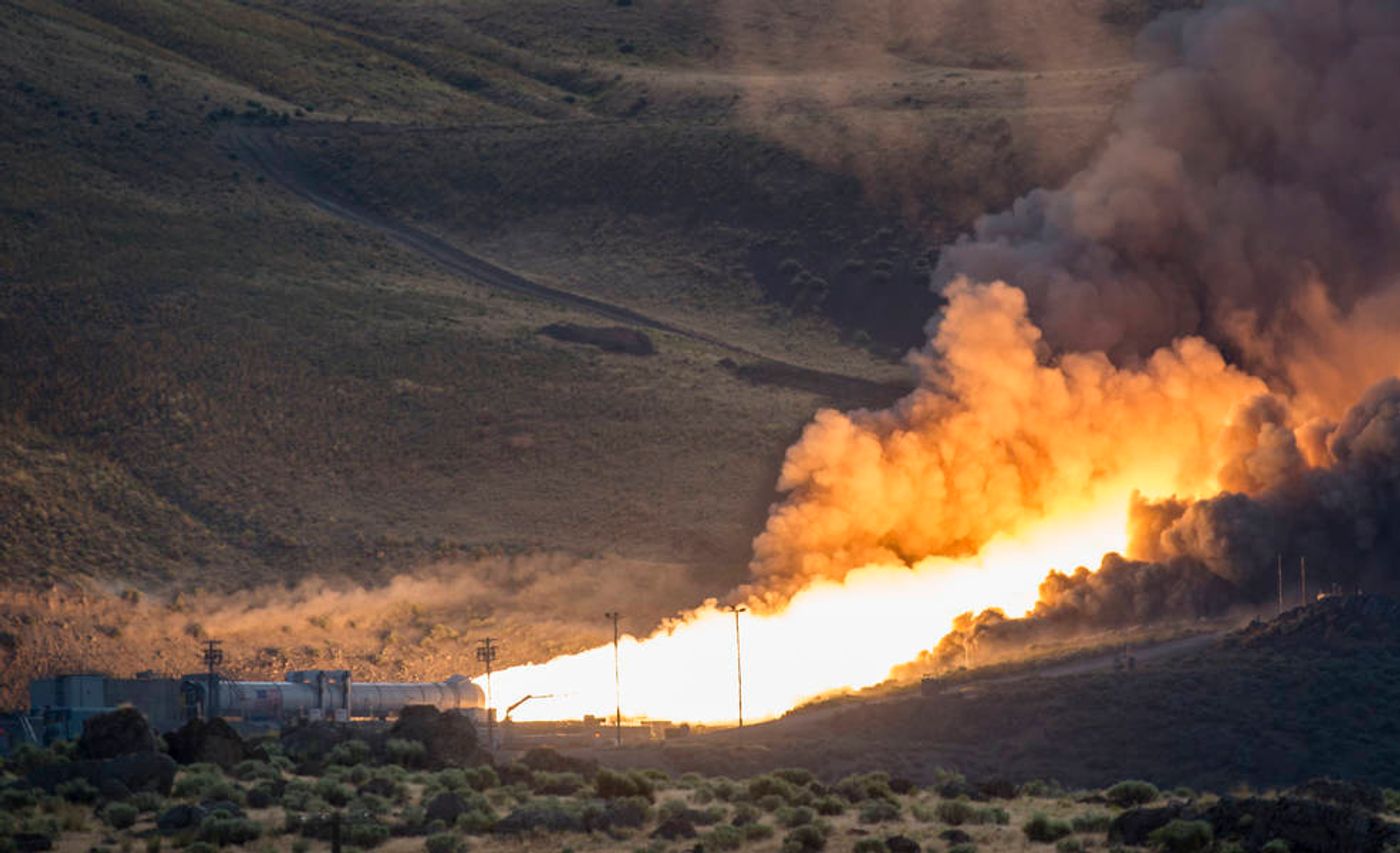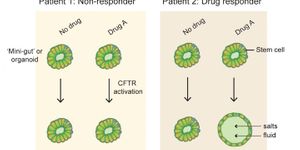NASA Test-Fires SLS Rocket Booster Successfully
Making a bigger and badder rocket that can take mankind further into space has always been a big desire of those at NASA, and we’re one step closer as of this week.
NASA has successfully conducted the test-firing of a booster on Tuesday at 11:05 AM EDT that will be used on the Space Launch System (SLS) rocket. This is a rocket so powerful that it may one day provide the means to transport humans to Mars.

Image Credit: NASA/Bill Ingalls
The U.S.-based space agency said that the primary ignition happened in Promontory, Utah, at Orbital ATK’s test facilities and that it would be the “last full-scale test” for this particular booster before NASA tests the SLS rocket on an unmanned mission in 2018.
The booster wasn’t actually attached to a rocket assembly and launched into space; rather, it was tethered to the ground where the researchers were able to observe its performance in real time.
"Today's test is the pinnacle of years of hard work by the NASA team, Orbital ATK and commercial partners across the country," said John Honeycutt, SLS Program manager at NASA’s Marshall Space Flight Center in Huntsville, Alabama.
“SLS hardware is currently in production for every part of the rocket. NASA also is making progress every day on Orion and the ground systems to support a launch from Kennedy Space Center in Florida. We're on track to launch SLS on its first flight test with Orion and pave the way for a human presence in deep space,” he continued.
During the test, which is said to have lasted about two minutes, the booster’s propellant maintained a ~40º Fahrenheit temperature, although the actual combustion inside of the rocket reached up to 6,000º Fahrenheit. The propellant can reach as high as ~90º Fahrenheit in real-life use and still be okay.
NASA engineers were present at the test site, using as many as 530 instruments of measure at a safe distance to collect data on the booster’s performance under these conditions and determine if any modifications would be necessary for the working order of the booster.
Over the new few days and in the near future, engineers will evaluate the data and ensure everything looks kosher.
The test was considered a success, but this is only the beginning for the booster. The first stage of the SLS rocket will be capable of carrying 77 tons of capacity, but future configurations of the rocket are expected to be able to carry 115 tons of capacity or more, which will require additional thrust.
To see the test in action, watch the video shared on YouTube by NASA below:
We still have a long time to come before we're ready to send humans to Mars, but creating a rocket powerful enough to push us that far out into space is certainly the beginning.
Source: NASA, SLS








